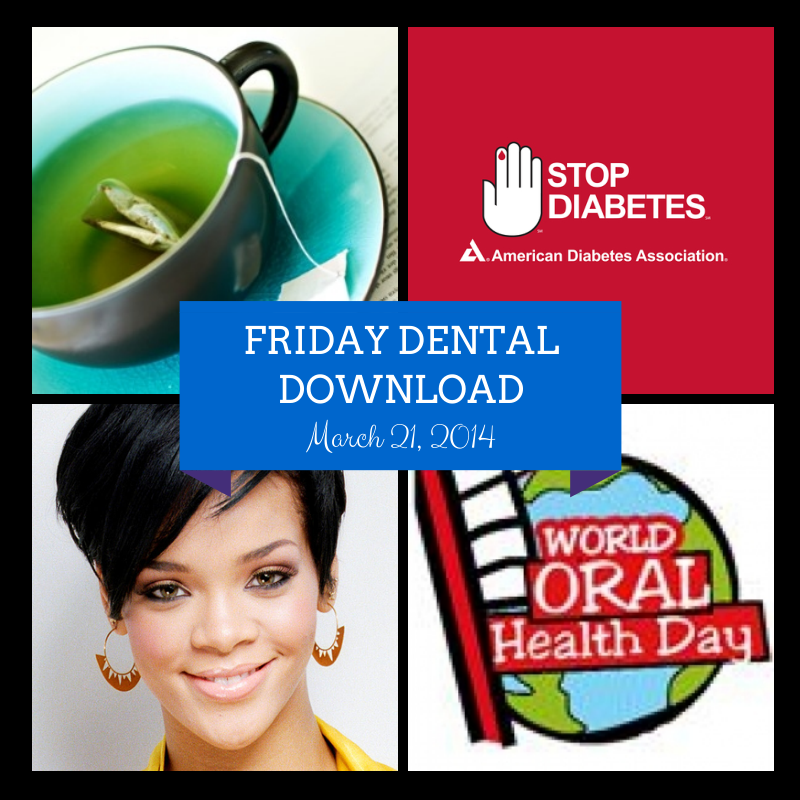This
week, we learn how to get dental coverage under the ACA, discuss new findings
on the number of adults with cavities, find out why getting your gum disease
treated can reduce your overall medical bills and watch a creative way to pull
a loose tooth in Ireland. Join the conversation on Twitter using
#FridayDentalDL.
Tequila Terry, DentaQuest regional vice president of client
services, explains how to get dental coverage in Maryland under the ACA in this
helpful Q&A. Dental insurance policies vary in each state and are confusing
to many, causing
some children to remain without dental care even
though it is classified under the ACA as an essential health benefit for
children. To see how dental is covered in your state, visit
Members of the DentaQuest team are volunteering their time and
services to provide free dental care to an estimated 2,000 people at today’s Mission
of Mercy event in Tampa, Florida. The event,
sponsored by the Florida
Dental Association, will take place today and
tomorrow at the Florida State Fairgrounds and will provide attendees with
cleanings fillings and extractions free of charge.
A
study by the World Dental Federation found that oral cancer is among the ten
most common cancers in the world. Nearly 100% of adults have dental caries and
oral health and overall health are closely linked. The report also states that
the majority of oral diseases are related to socio-economic factors, which is
one of the reasons behind programs like DentaQuest Institute’s Safety
Net Solutions initiative, which works with safety net
dental programs to provide
high-quality clinical care to underserved populations to close the care gap.
According
to the Florida Dental Association, there is a “mal-distribution” of dentists in
the state, with many dental processionals wanting to work in privileged areas.
To address this issue, the Larkin Community Hospital residency program was
created, which will place dental students in one of four community health
centers for their residency, to better help meet the needs of the underserved.
Losing
a tooth has never been so exciting- a father in Ireland helped his
eight-year-old son pull a loose tooth by tying it to a remote-control
helicopter. Check out the video here.
Members
DentaQuest team traveled to Chicago
where they built new bikes for children at the local YMCA
and put together 250 dental kits to educate the kids about the importance of
good oral health habits. Below, some of the DentaQuest leadership team smiles with
the new bike for the YMCA.





.png)

